Emojiteller
Tell your stories and get to know each other with Emojiteller, the emoji game that will make you go 😍🤯😎
Tell your stories and get to know each other with Emojiteller, the emoji game that will make you go 😍🤯😎

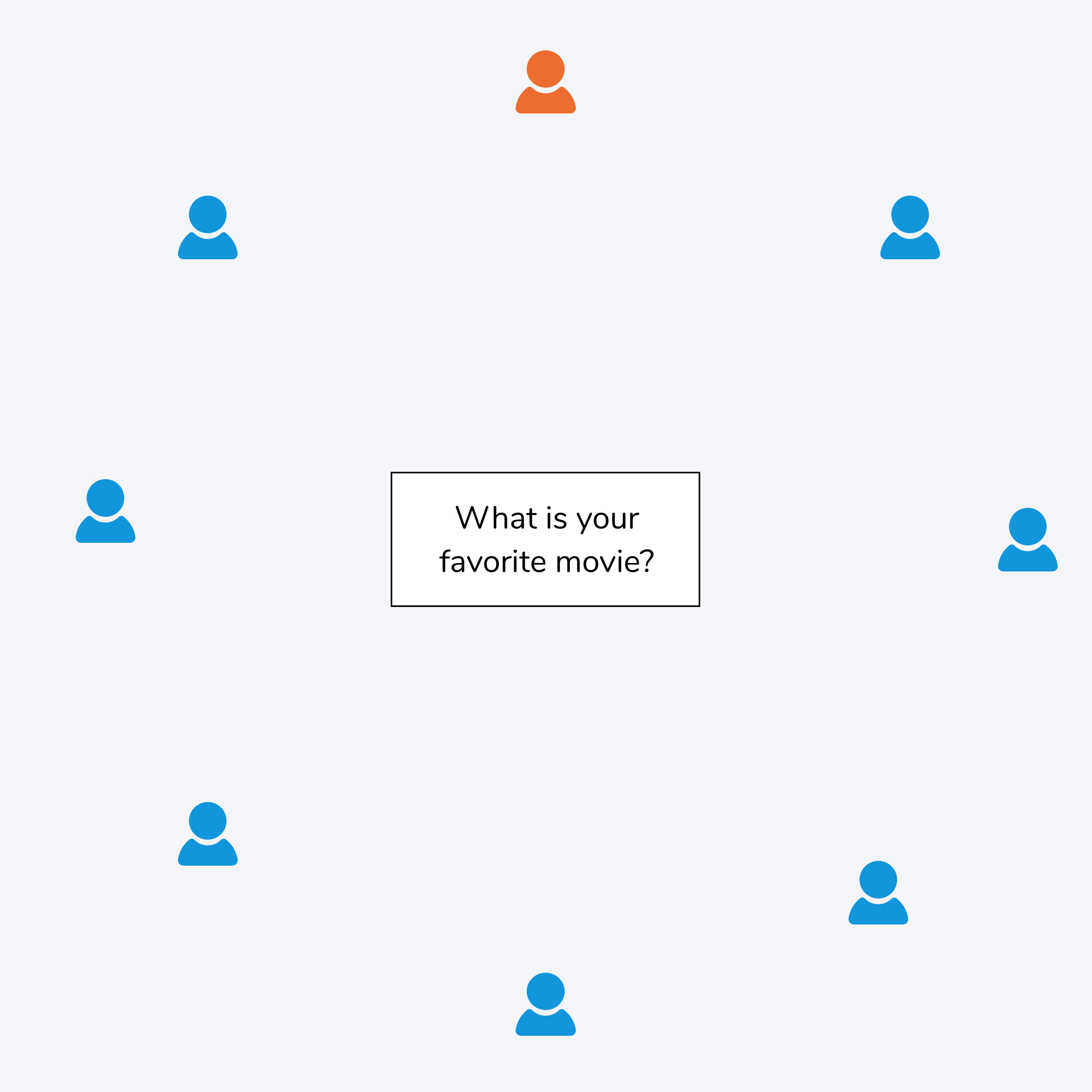
Take a question card and spin the spinner to select a random player (Robin).
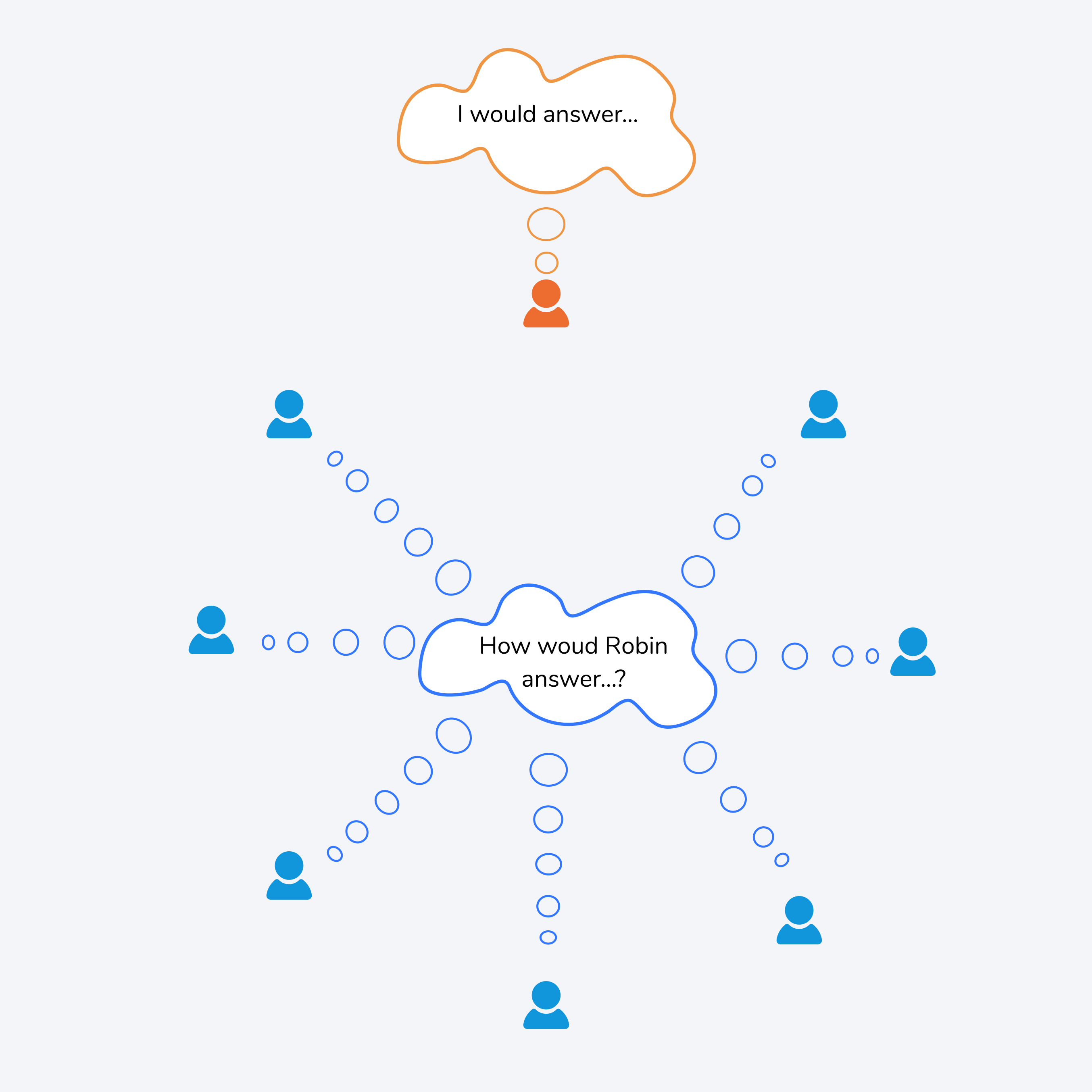
Everyone answers the question as they think Robin would.
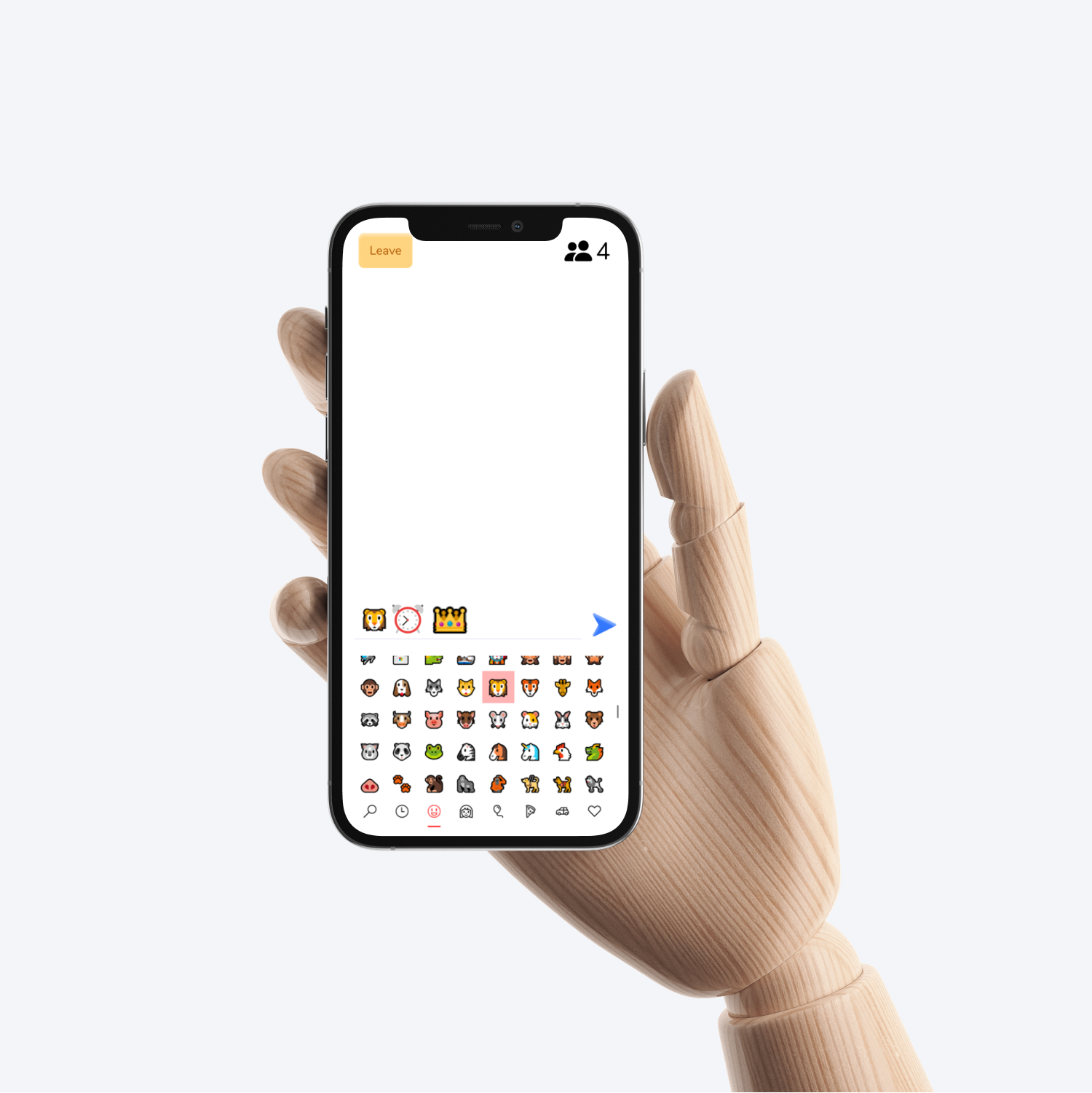
Input an answer on your phone with 2 - 5 emojis.
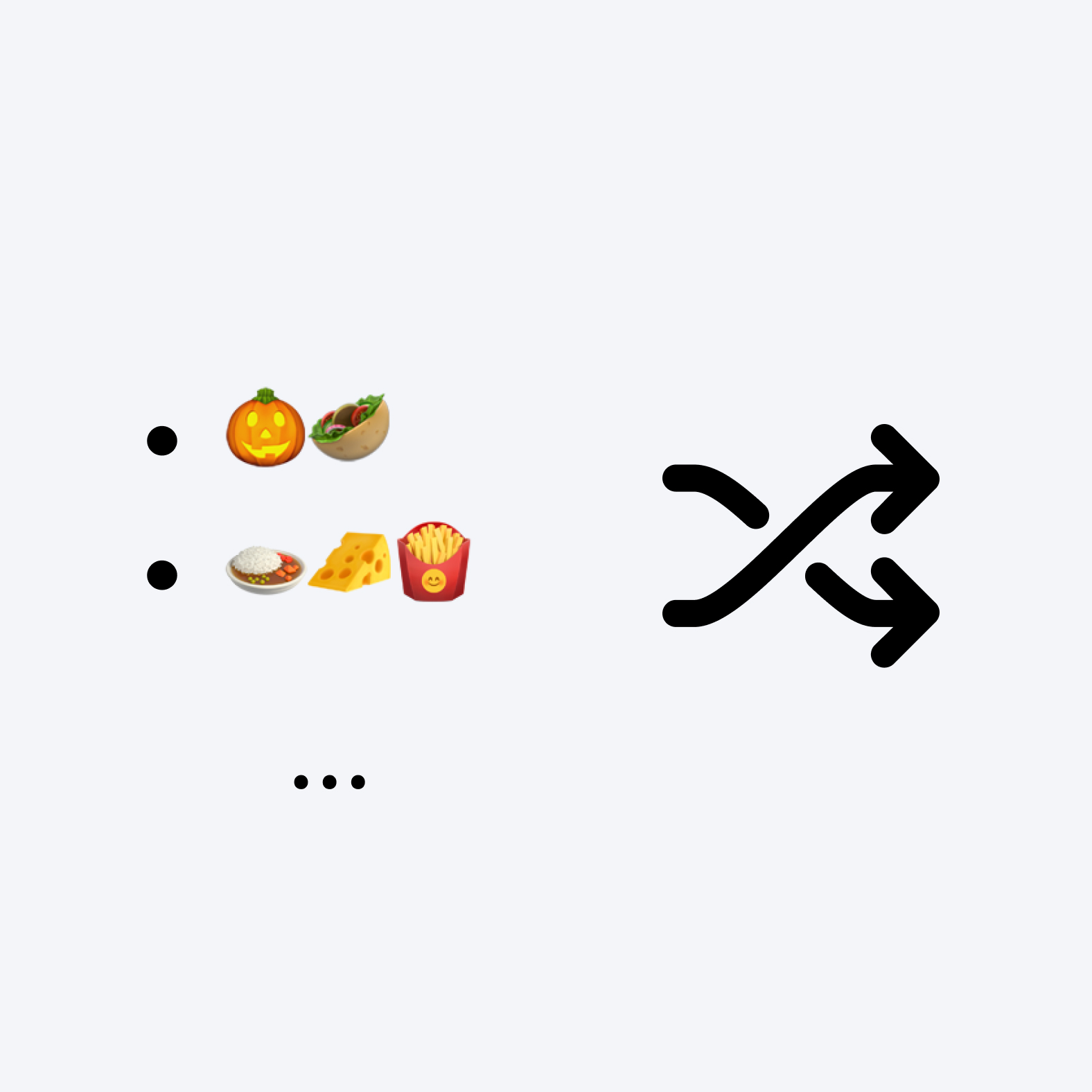
The answers are then randomized.
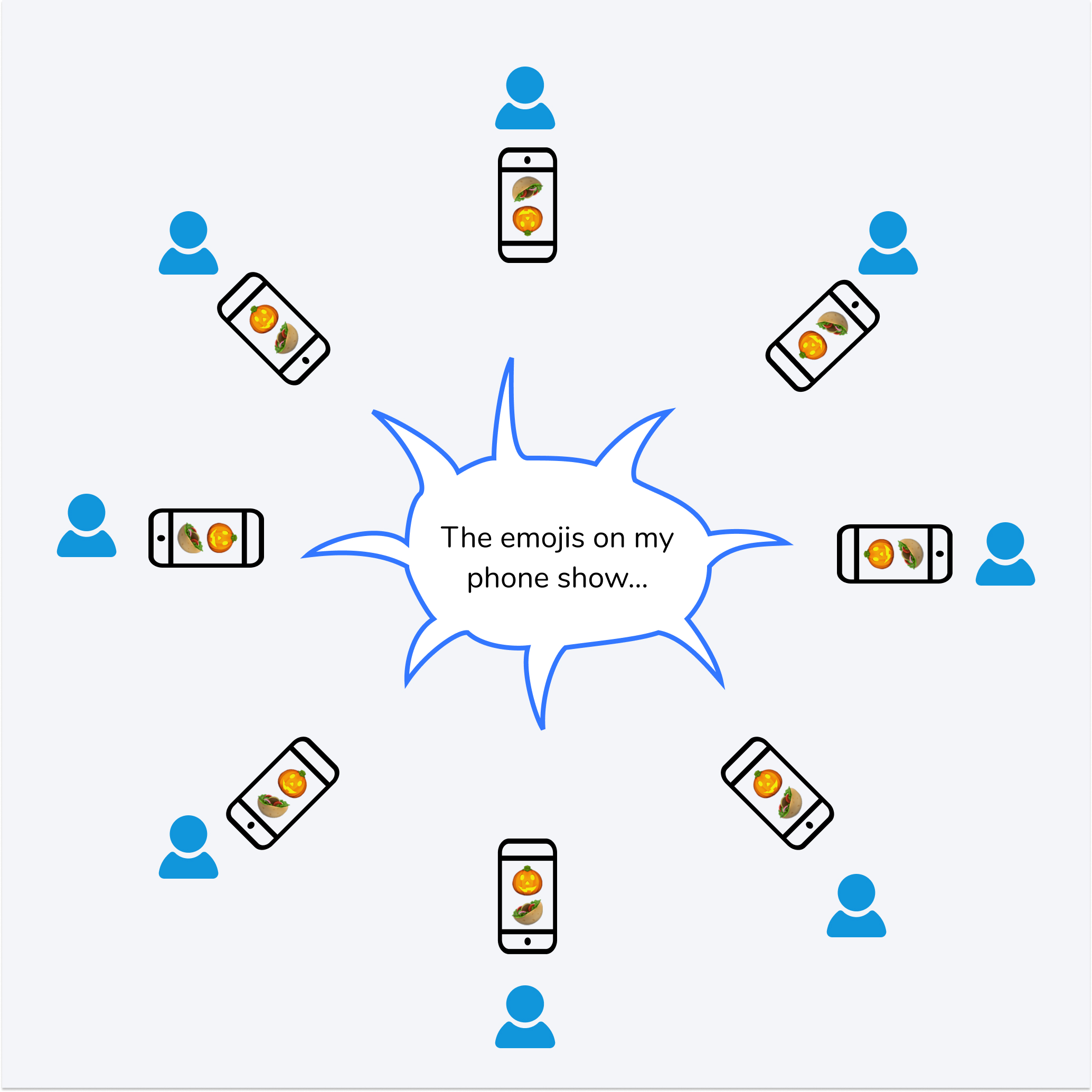
The answers will show up randomly on everyone's phones. Take turns interepreting the emojis in front of you.
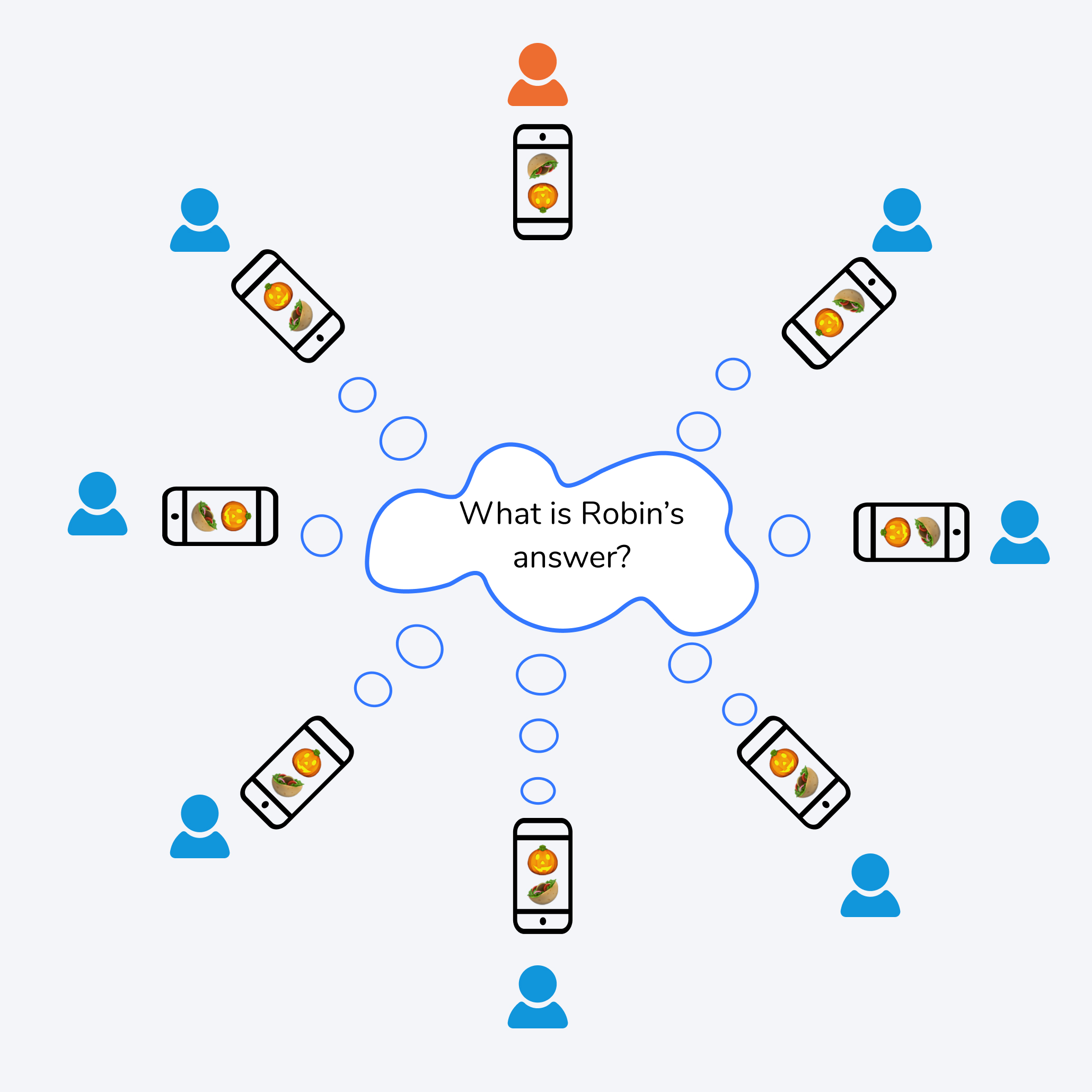
Guess which answer is from Robin and use your ballots to vote.

Take a question card.

Everyone answers the question as themselves.
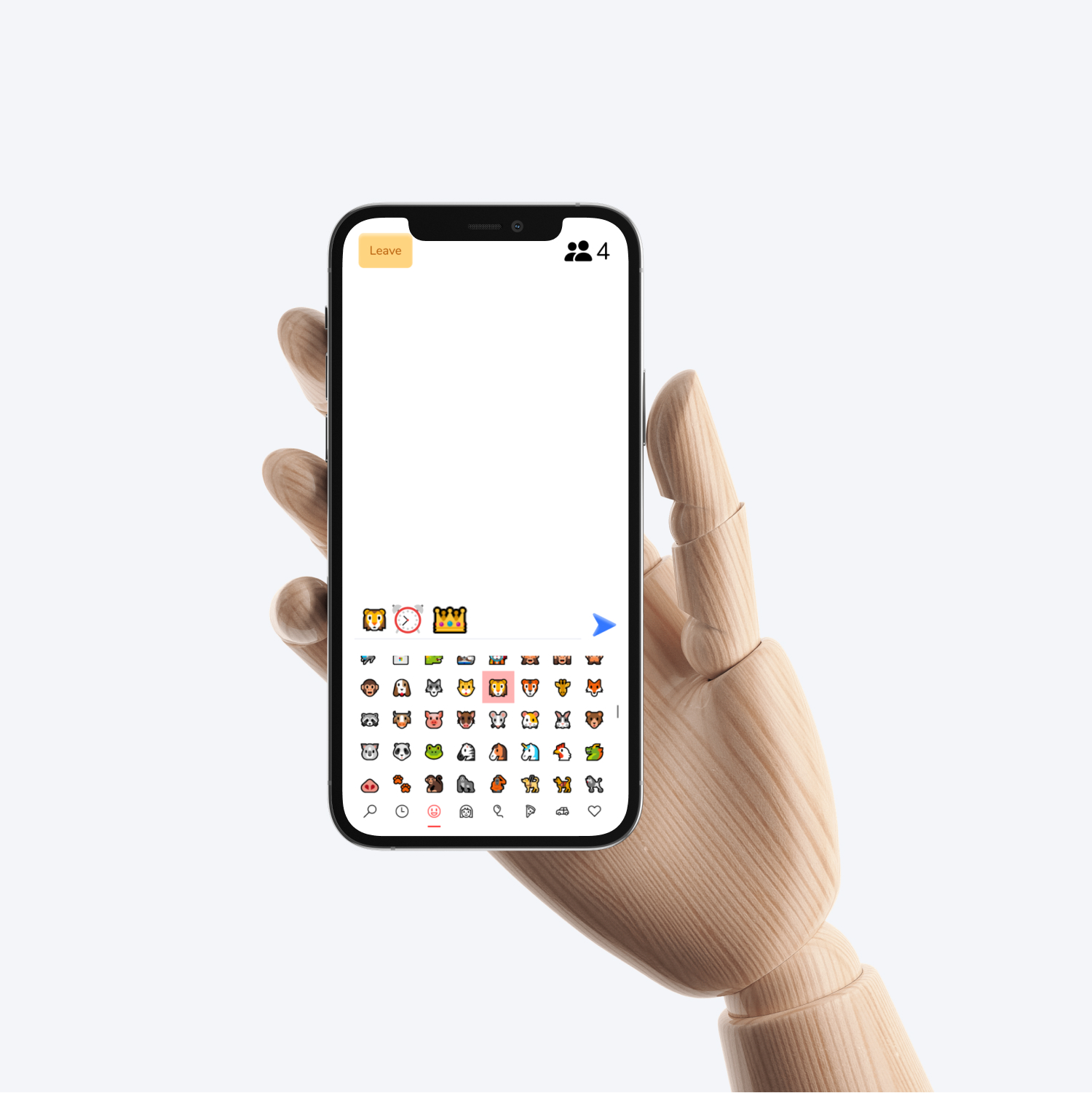
Input an answer with 2 - 5 emojis.
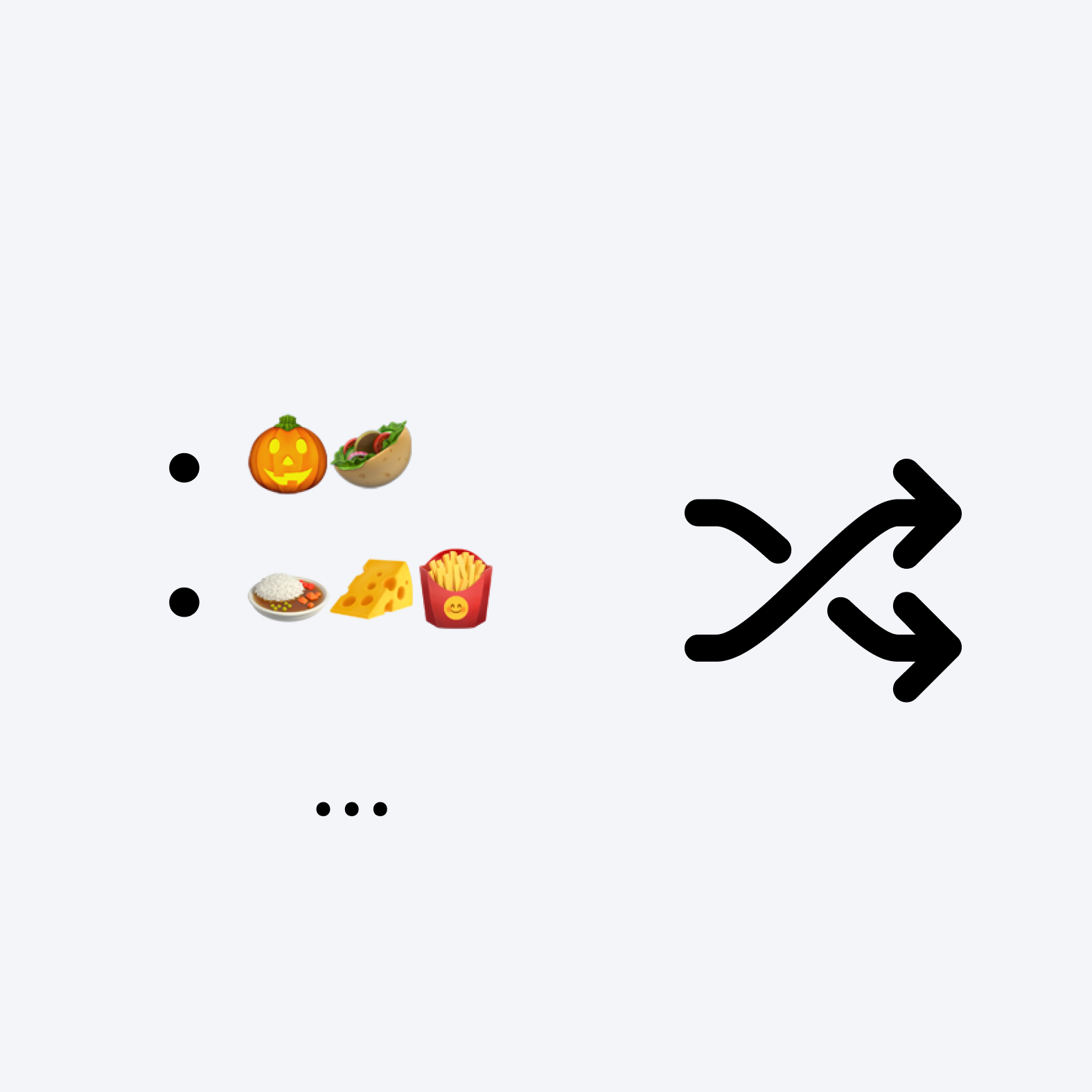
The answers are then randomized.
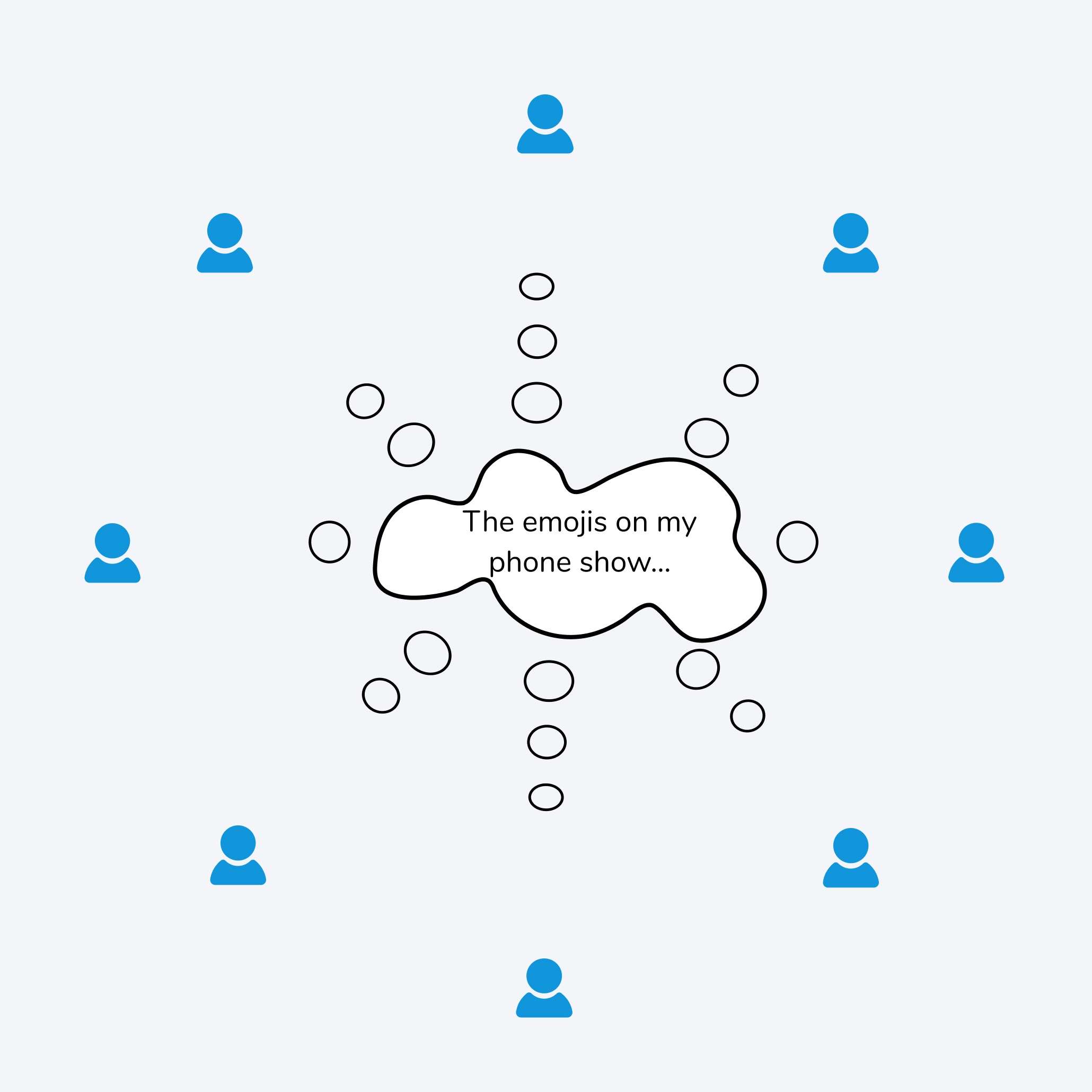
The answers will show up randomly on everyone's phones. Take turns interpreting the emojis in front of you.
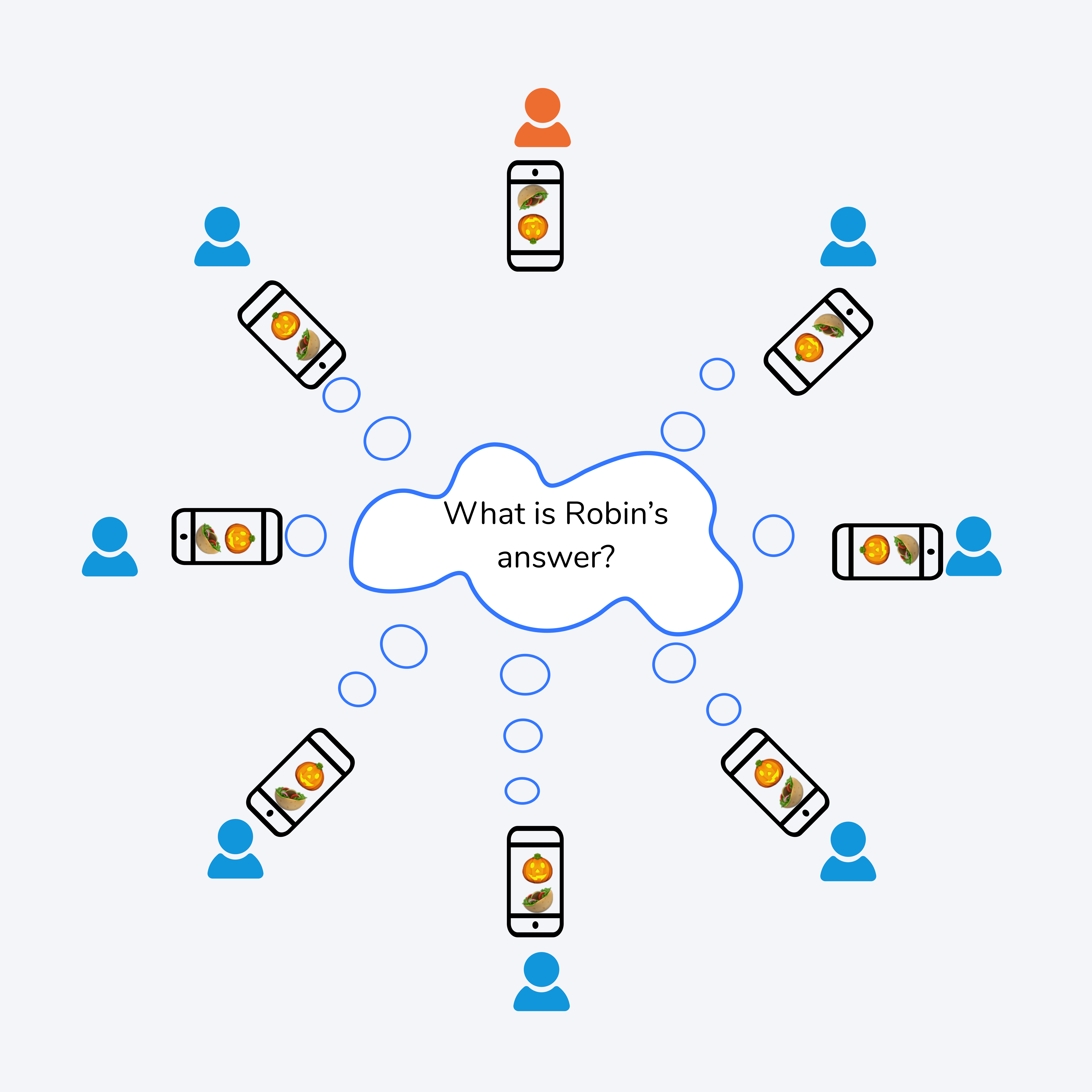
Spin the spinner and guess which answer is from that person. Use your ballots to vote.
Emoji Teller is a hybrid board game, meaning it combines physical elements with your smartphones! Here you will have a deck of cards and a physical board, but you answer by inputting emojis on your smartphone.
This game is intended for people to share their personal stories through emojis, discuss and get to know each other. This game fits any diverse group of strangers and, as a great ice-breaker, could also help the inclusion of international students amongst Swedish students at Chalmers.
In a typical game of Emoji Teller the players stand in a circle around a table, one card is drawn and everyone answers the question on their phone with a few emojis. Once everyone has sent an answer, everybody puts their phone on the table and the answers are displayed randomly. Then players try to find who answered what according to different possible rules.
Emojis are universal and now part of our day to day conversations. They can also have different interpretations depending on one’s culture thus showcasing the diversity of meanings a sequence of emojis can have. Indeed, the fun of emoji teller truly resides in the attempt to understand the story behind each players’ answer
After some research and play-testing similar board games like Dixit, Concept and Cards Against Humanity we started building our first prototypes and play-testing amongst ourselves. We quickly came up with ideas for the medium to play on and three different rulesets

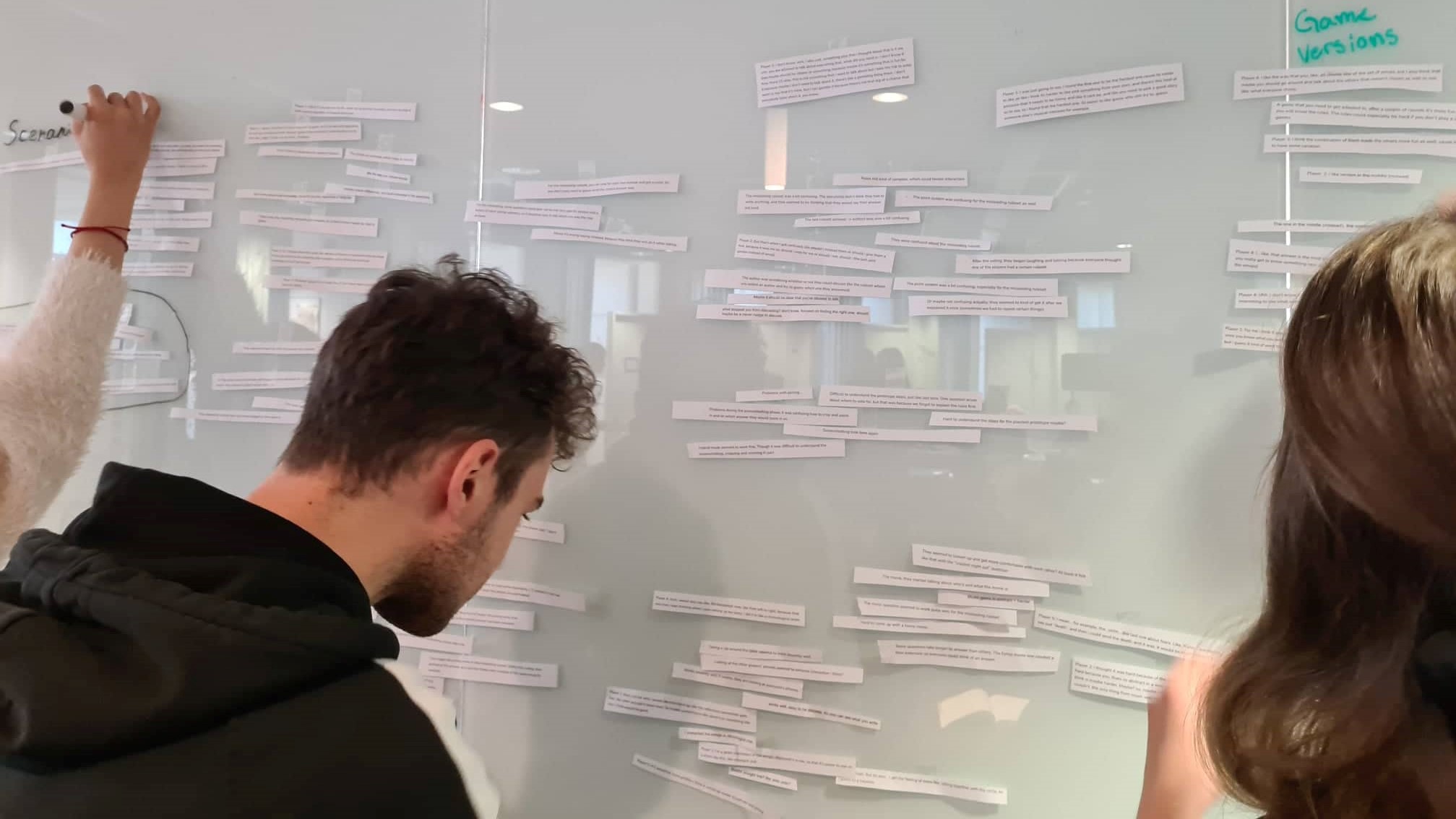
A prototype of the game and all 3 rulesets were tested with two different groups: a group of friends who knew each other, and a group of friends who didn’t know each other as well. After the interviews were transcribed, this data was analyzed in a KJ analysis.
We also used a questionnaire of scaling questions to figure out how much they like the game, how easily to understand the game and how likely they would recommend the game to others. The result is shown in the picture to the right. With the feedback from the testing, it was found that the rules was a bit confusing. Thus, in order to simplify the game, one of the rulesets were removed.
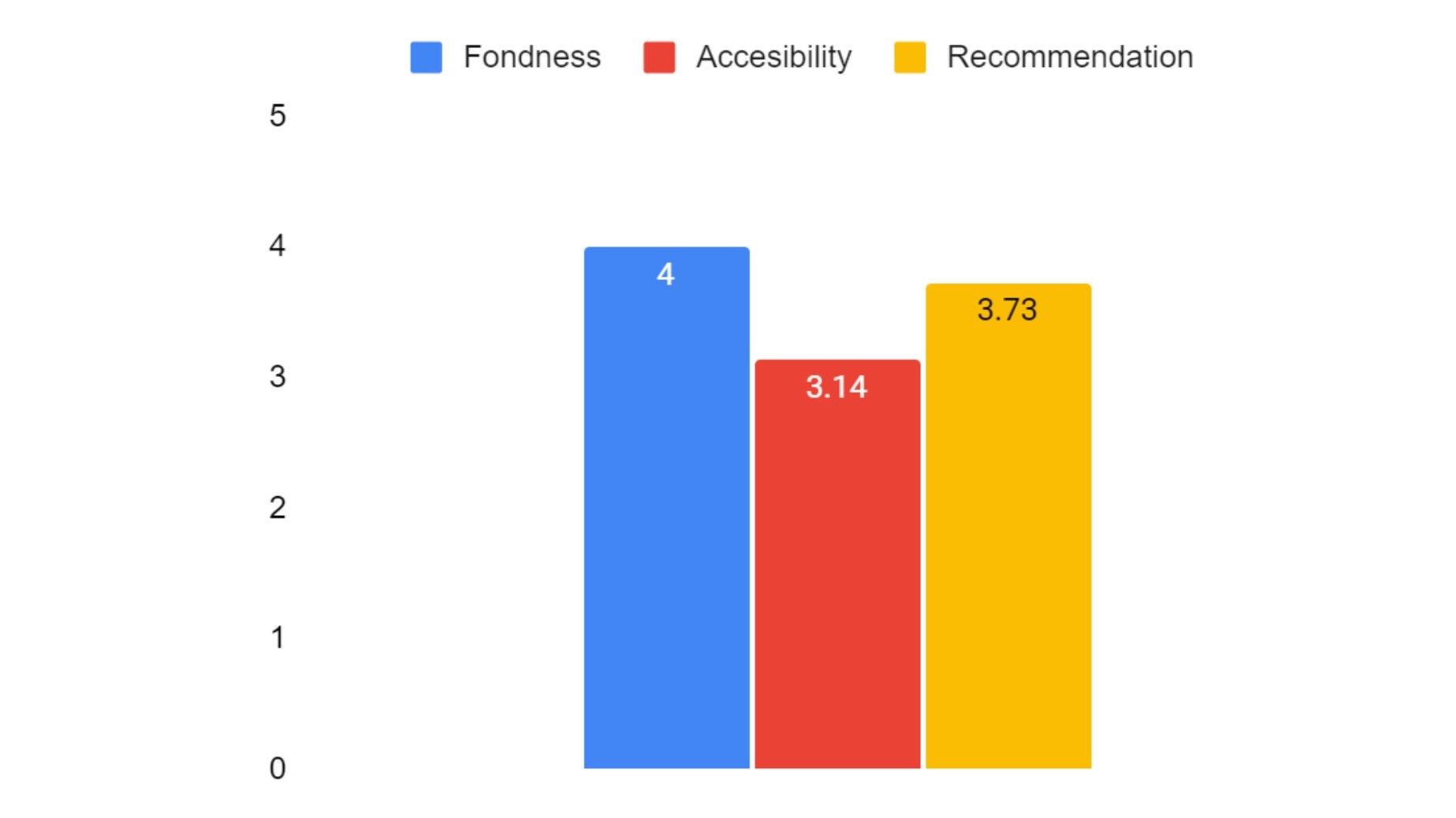

The final product consists of both physical and digital components. The physical components consists of a deck of cards, a game board, boting ballots and a spinner. The digital part of the game is the website on which the game is played, which is temporarily hosted on an AWS (amazon web services). This website is built on top of a Node.js chat app and can be joined during the exhibition by scanning QR code on the poster at our table.

dumont.matteo@gmail.com

ella.ka.jo@gmail.com

spondonsiddiqui@gmail.com

rasmus.tomasson@gmail.com

stefano.vanerio@mail.polimi.it

ziyizhao17@outlook.com